By Professor Tiffany Banks On Tuesday, September 30th , students from my COMM 108: Foundations…
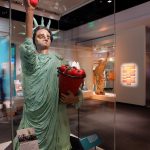 Who is equal? Who is free? Who is included? These three questions are at the core of the Many Voices, One Nation exhibit at the National Museum of American History (NMAH). On a beautiful April afternoon, the Fellows found themselves at NMAH, where the topic of the afternoon was “Migrations in American History: The Making of Many Voices, One Nation.”
Who is equal? Who is free? Who is included? These three questions are at the core of the Many Voices, One Nation exhibit at the National Museum of American History (NMAH). On a beautiful April afternoon, the Fellows found themselves at NMAH, where the topic of the afternoon was “Migrations in American History: The Making of Many Voices, One Nation.”
Following introductions, Steve Velasquez, Curator for the Division of Cultural and Community Life at NMAH and Lauren Safranek, Public Historian, Program Manager for the Religion in America Initiative, and interim Senior Advisor to the Director of NMAH, presented an overview of Many Voices, One Nation, which covers nearly 5000 sq feet, contains approximately 400 objects, and covers 500 years of the American story. The exhibit seeks to expand the history that most Americans learn in school to one that is more complete and representative.
A tour followed, with Steve leading the group through the exhibit. Many Voices, One Nation is presented in roughly chronological order and employs a case study approach that includes a focus on material culture. This presents questions such as: What do we bring with us when we come to a new place? What are the objects that speak to who we are and what is important? How do we create new objects which integrate aspects of more than one culture? How does that create change in all of us? Fellows recognized many items from having read the companion text for the exhibit such as items collected from places of immigration along the southern border of the U.S. which led to a lively discussion among the group. Also of particular interest was the area devoted to “places of negotiation.” Here the exhibit documents ways in which places of education, work and religion, as well as sports and the military, serve as places where those of diverse backgrounds have struggled/continue to struggle with questions of freedom, inclusion and equality.
The tour was followed by a roundtable discussion that allowed for a deeper examination of the various parts of the exhibit, how curatorial decisions were made, resources available to support the exhibit and ways in which faculty anticipate using it with their students.
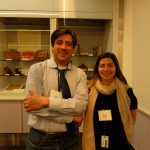
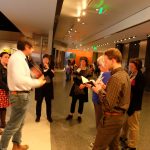
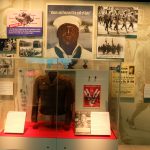
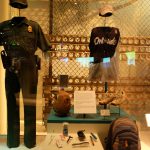




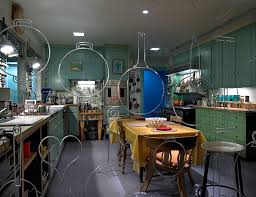
This Post Has 0 Comments